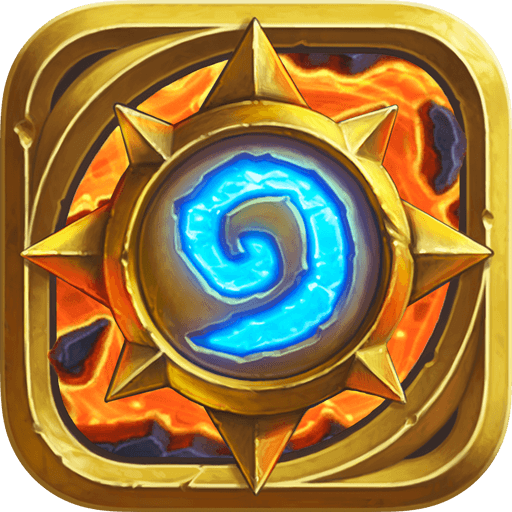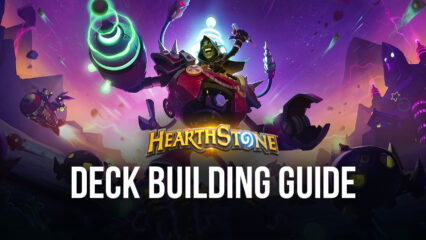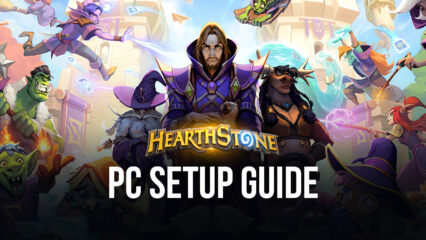Learning Hearthstone Deck Types & Jargon
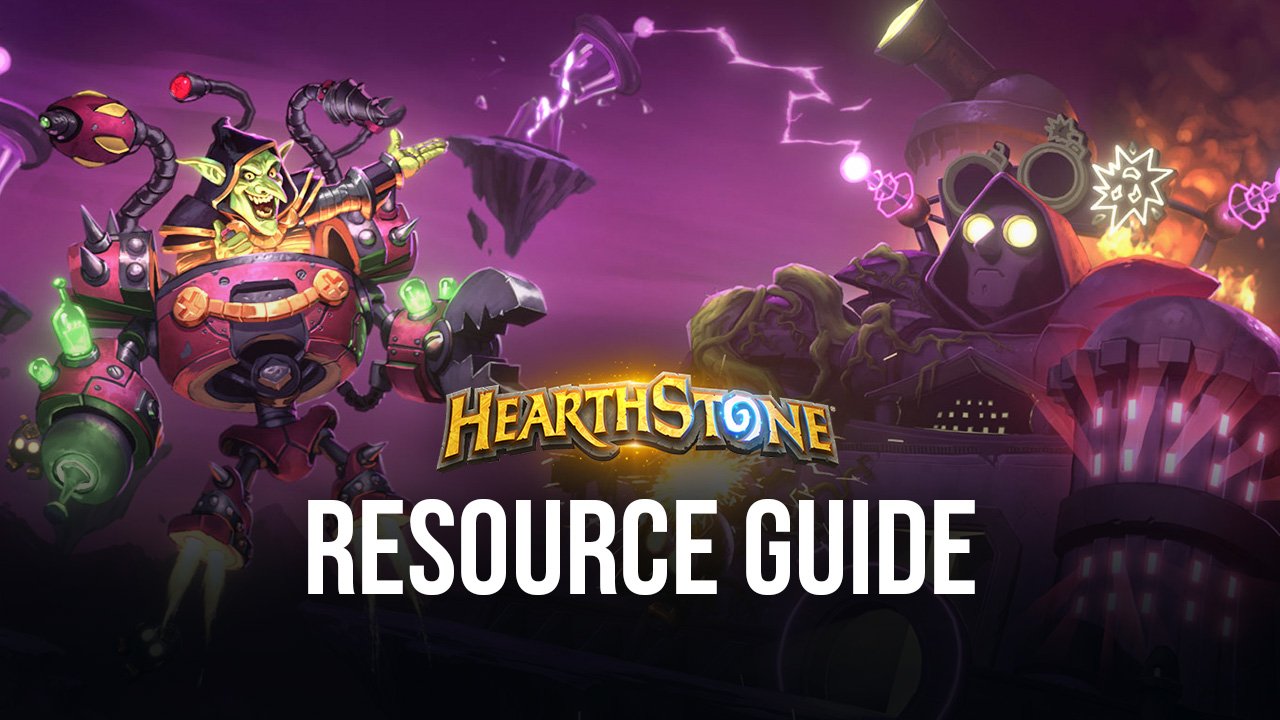
Hearthstone involves a lot of different deck types. Before building their first deck or next deck, most players often go through online tier lists to research which decks have the best win rates that match the way they want to play the game. The only problem is that beginners aren’t familiar with some of the terms that are involved in classifying a deck so they have no idea what the deck’s main theme is.
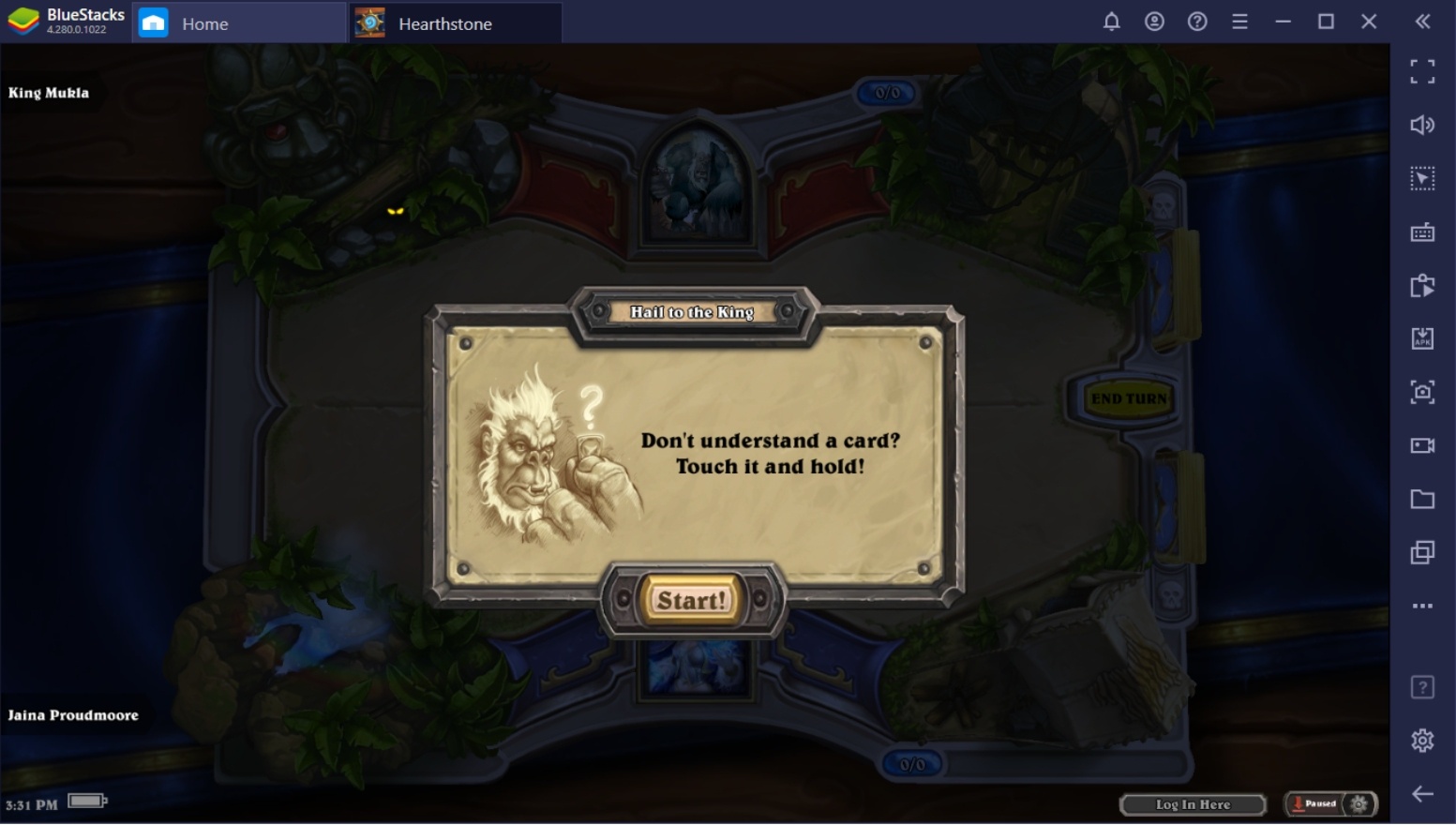
Aside from the main theme decks whose classification is derived from the main win condition of the deck, there are general deck types that are classified under a universal playstyle of those specific decks in every card game. If this is your first time building a deck, you might want to check out our Hearthstone Deckbuilding Guide so that you’ll have a better idea of building your first deck. Here are the general deck types and jargon that will show in any online tier list:
1. Aggro
Aggro decks refer to builds that contain really fast-paced and early game-centric aggression by putting down as many low-cost minions as possible to attack the enemy Hero. Aggro decks are extremely fast and are the biggest counter to late-game decks. The great thing about aggro decks is that they can win no matter what the opponent matchup is as long as they get the right cards in hand early.
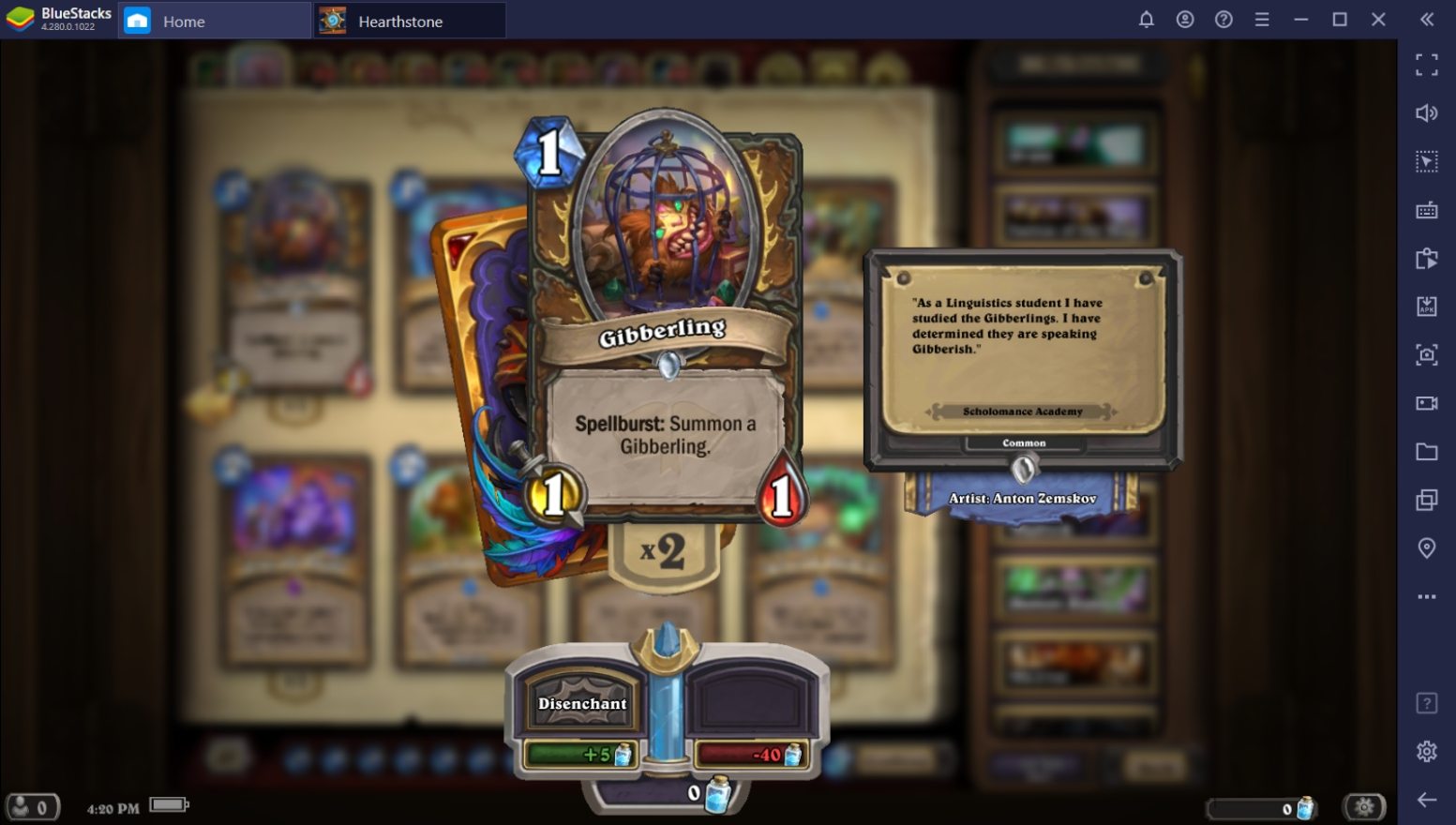
The biggest weakness of aggro decks is that they are extremely early-game focused that they do very little in the mid to late game. Control decks that have AoE damage can easily get rid of aggro threats because units from this deck time usually have very little Health. This deck is recommended for players who are just starting out because of its relatively low player skill requirement.
2. Midrange
Midrange decks, as the name suggests, are strongest during the mid-game (4 mana to 8 mana). These decks usually involve big cost minions that involve very little setup and have control and draw cards as their early game cards. The mid-game is usually the most volatile part of the game because it is where most players have already set up for success or have already lost tempo/control over the opponent.

The midrange deck tries to secure domination over the mid-game by being extremely consistent and difficult to deal with. The win condition for most midrange decks is to beat down the opponent using minions with really high attack and HP, which are difficult to remove even for control decks. The most difficult part of this deck is out sustaining the opponent with minion drops and card draws.
3. Control
Control decks are considered the most annoying decks to play against. The purpose of control decks is to exhaust the opponent of their offensive resources by removing every threat that drops on the board. These decks usually only involve spells and abilities that damages or removes opponent minions from play. The goal is to prevent the opponent from dealing damage and survive until the late game.
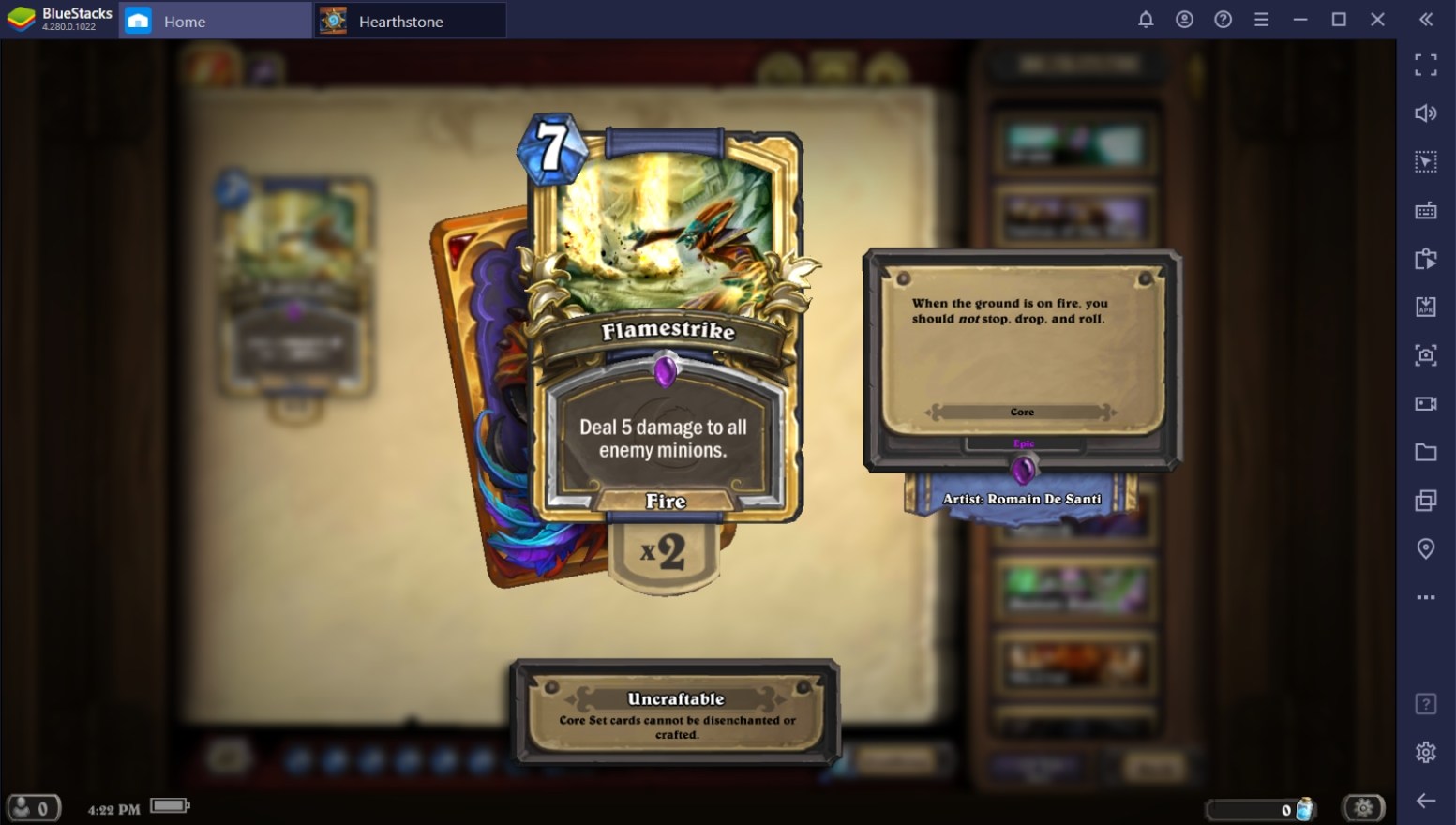
The win condition for control decks varies depending on the expansion. It can involve a slow beat down, late-game OTK, or alternative win conditions (non-damage wins). Control decks are often considered the “thinking” decks because they involve heavy decision-making and familiarity with every type of opponent. Control players should always be two steps ahead by trying to predict what the opponent will try to play next and how to counter that play.
4. OTK
One-Turn Kill (OTK) decks refer to decks that are able to finish the game after fulfilling a series of conditions to create a potentially lethal situation. As the name suggests, the deck tries to end the game after one turn either by summoning an extremely strong minion or by creating a situation that forces the opponent to surrender immediately.

Since most OTK decks involve a lot of setting up and mana, they are usually late-game decks that contain a lot of draw mechanics and control options. OTK isn’t very popular because they involve a lot of painful setup which isn’t guaranteed to show up especially if you’re having bad draws. Another big downside of most OTK decks is that they are usually expensive since the core cards are Rare and above with very few being common or core units.
5. Tempo
Tempo decks refer to those that involve outpacing the opponent by continuously being able to play the right cards at the right time. These decks are the main category for a lot of high-tier decks in Hearthstone. The biggest characteristic of Tempo decks is that they play cards regardless of the opponent’s reaction to those plays and have contingencies lined up in case one of their win conditions fail early.

The only weaknesses of Tempo decks are bad draws and opponent cards that mess up the hand/deck content. Since these decks rely so much on the flow of cards that they can play during a turn, countering a spell can instantly mean disaster since they’ll fall behind on what they need to do. It’s also extremely technical to play a Tempo deck because the options depend on the situation so the player needs to be familiar with how the opponent will play the matchup.
6. Ramp
Ramp decks permanently increase a Hero’s mana so that they’ll be able to reach their win conditions quickly. The main idea of the ramp deck is to leave the opponent in a state where they can’t do anything about the cards you play because you’re 3-4 mana ahead of the opponent and the minion strength and HP are a lot higher than what the opponent’s control cards can destroy.
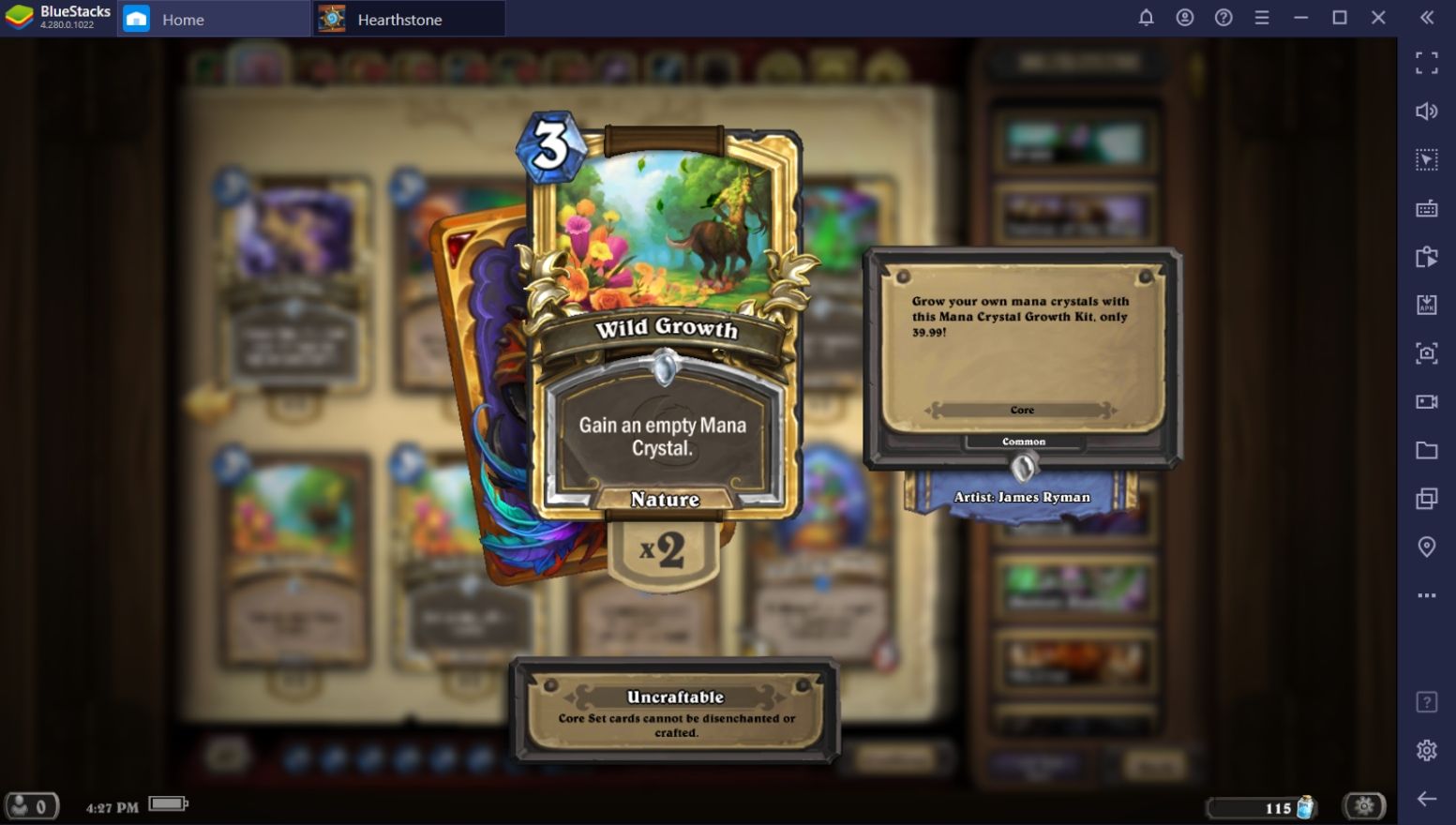
The biggest weakness of the ramp deck is that they involve a lot of early game setup and very little room for control options. Aggro decks are the biggest weakness of the ramp unless they manage to drop a high HP Taunt minion somewhere in-between that manages to keep your Hero from being damaged before dropping some of your big guns. Once a Ramp deck has achieved a 3-4 mana difference with 20 or more HP, the game basically snowballs in their favor.

